When it comes to building strong, toned legs, incorporating a variety of exercises into your routine is essential. Among the most popular leg exercises are the leg extension and leg curl machines, both of which focus on different muscle groups in the lower body. But what exactly are the differences between these two exercises, and how can they benefit your fitness goals? Let’s dive into the key distinctions, benefits, and the best way to incorporate both into your leg training routine.
What Is the Leg Extension?
The leg extension machine is designed to isolate the quadriceps, the large muscle group located at the front of your thighs. This exercise targets the knee extension movement, which involves straightening your leg against resistance.
How It Works:
- You sit on the machine with your back flat against the pad, and your ankles placed under the leg pads.
- As you extend your legs, the resistance increases, targeting the quadriceps through the full range of motion.
- The movement primarily focuses on strengthening and sculpting the quadriceps while also enhancing knee stability.
Benefits of Leg Extensions:
- Quadriceps Development: Leg extensions are fantastic for isolating the quadriceps, making them ideal for those looking to increase the size and strength of their thighs.
- Knee Joint Health: Strengthening the quads can help stabilize the knee joint, preventing injuries and improving overall knee function.
- Post-Rehabilitation: For individuals recovering from knee injuries or surgery, leg extensions are often recommended due to their controlled, isolating nature.
What Is the Leg Curl?
The leg curl machine is designed to work the hamstrings, the muscles at the back of your thighs. This exercise focuses on the knee flexion movement, which involves bending your knee against resistance.
How It Works:
- You lie face down on the machine (or sit depending on the machine type) with your legs extended straight.
- Your ankles are positioned beneath the resistance pads, and you curl your legs back toward your glutes.
- This movement primarily targets the hamstrings, but it also engages the calves and glutes to a certain degree.
Benefits of Leg Curls:
- Hamstring Development: Leg curls specifically target the hamstrings, helping to increase the size and strength of the muscles at the back of your legs.
- Balancing Muscle Strength: Many individuals focus heavily on quadriceps exercises, leaving the hamstrings underdeveloped. Strengthening the hamstrings can improve muscle balance, which is crucial for joint stability and injury prevention.
- Improved Athletic Performance: Strong hamstrings play a vital role in running, jumping, and other athletic movements. Leg curls enhance explosive power and performance in these activities.
- Injury Prevention: By strengthening the hamstrings, you reduce the risk of injuries like hamstring strains, which are common in sports and physical activities.
Key Differences Between Leg Extensions and Leg Curls
While both exercises focus on different muscle groups, there are several important differences to consider when deciding how to incorporate them into your routine.
-
Target Muscles:
- Leg Extension: Primarily works the quadriceps (front of the thigh).
- Leg Curl: Targets the hamstrings (back of the thigh).
-
Movement Pattern:
- Leg Extension: Involves knee extension, straightening the leg.
- Leg Curl: Involves knee flexion, bending the leg.
-
Position:
- Leg Extension: Performed in a seated position.
- Leg Curl: Can be performed while lying face down or seated, depending on the machine.
-
Joint Involvement:
- Leg Extension: Primarily targets the knee joint, with minimal involvement of the hip joint.
- Leg Curl: Involves both the knee joint and, to a lesser extent, the hip joint.
How to Incorporate Both into Your Leg Training Routine
For optimal leg development, it's important to balance both quadriceps and hamstring exercises. While it’s tempting to focus solely on leg extensions for quadriceps and leg curls for hamstrings, incorporating a variety of exercises will provide a more complete workout.
Here’s how you can balance both exercises into your routine:
-
Split Sessions: You can perform leg extensions and leg curls on separate days or as part of a leg day workout. Start with compound exercises like squats or lunges and finish with isolation exercises like leg extensions and leg curls to target the quads and hamstrings more specifically.
-
Superset for Maximum Efficiency: If you're pressed for time, superset the leg extension and leg curl to target the quadriceps and hamstrings back-to-back. This method increases workout intensity and promotes faster muscle growth.
-
Focus on Form and Range of Motion: When performing both exercises, it’s essential to focus on a full range of motion to fully engage the muscles. Ensure that your knees are locked in position during leg extensions and that you curl your legs fully during leg curls.
-
Alternate Between Machines: If you’re using both machines in a single workout, alternate between leg extensions and leg curls to ensure you're giving each muscle group time to rest before targeting it again.
Conclusion
Both the leg extension and leg curl machines are valuable tools in your leg training arsenal. The leg extension focuses on strengthening the quadriceps, while the leg curl isolates the hamstrings. Incorporating both exercises into your leg routine will ensure balanced muscle development and contribute to overall lower body strength, mobility, and injury prevention. Whether you're a beginner or an advanced lifter, these exercises are essential for achieving strong, well-rounded legs. So, take the time to understand the differences and benefits of each, and make them a staple of your training regimen to unlock your full potential.


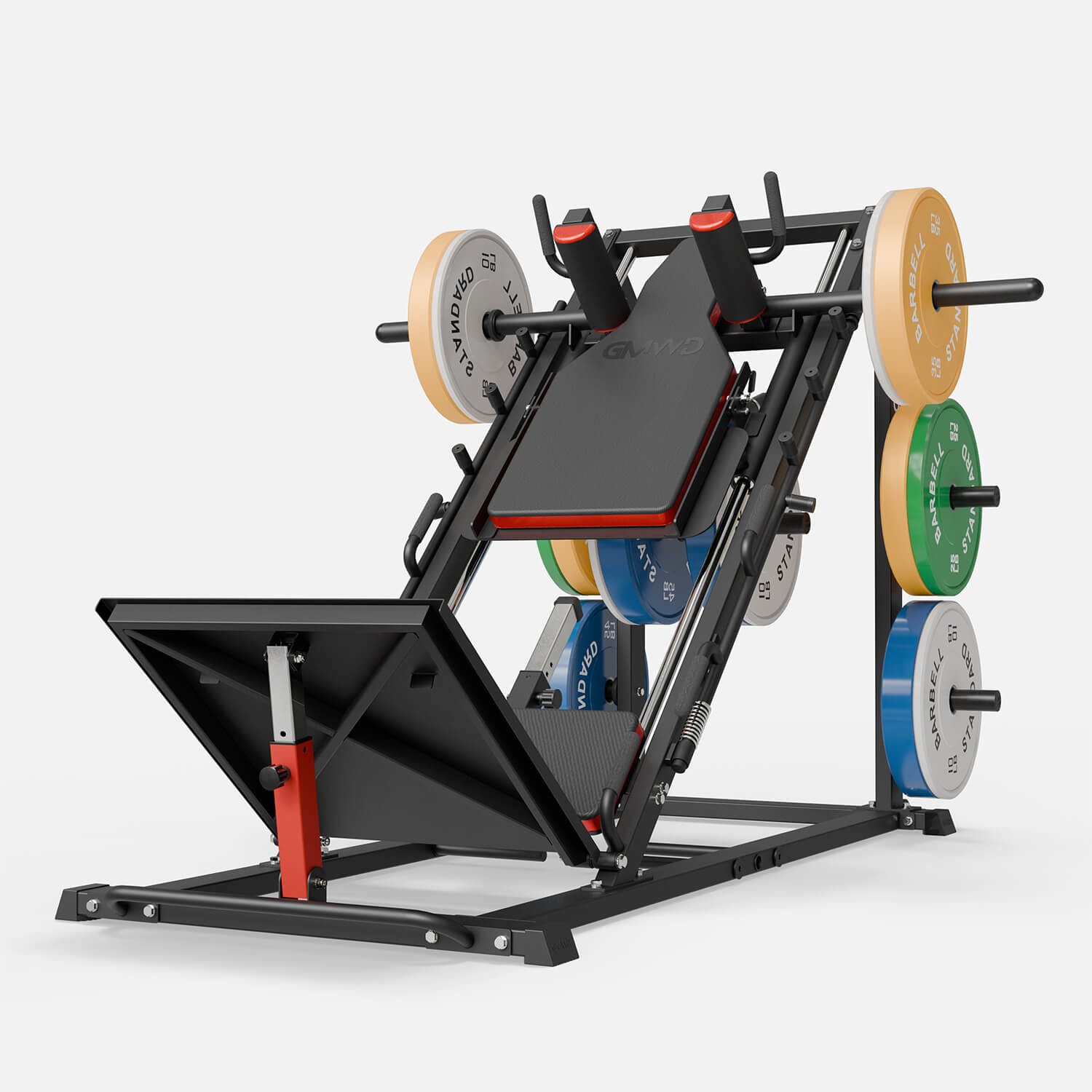
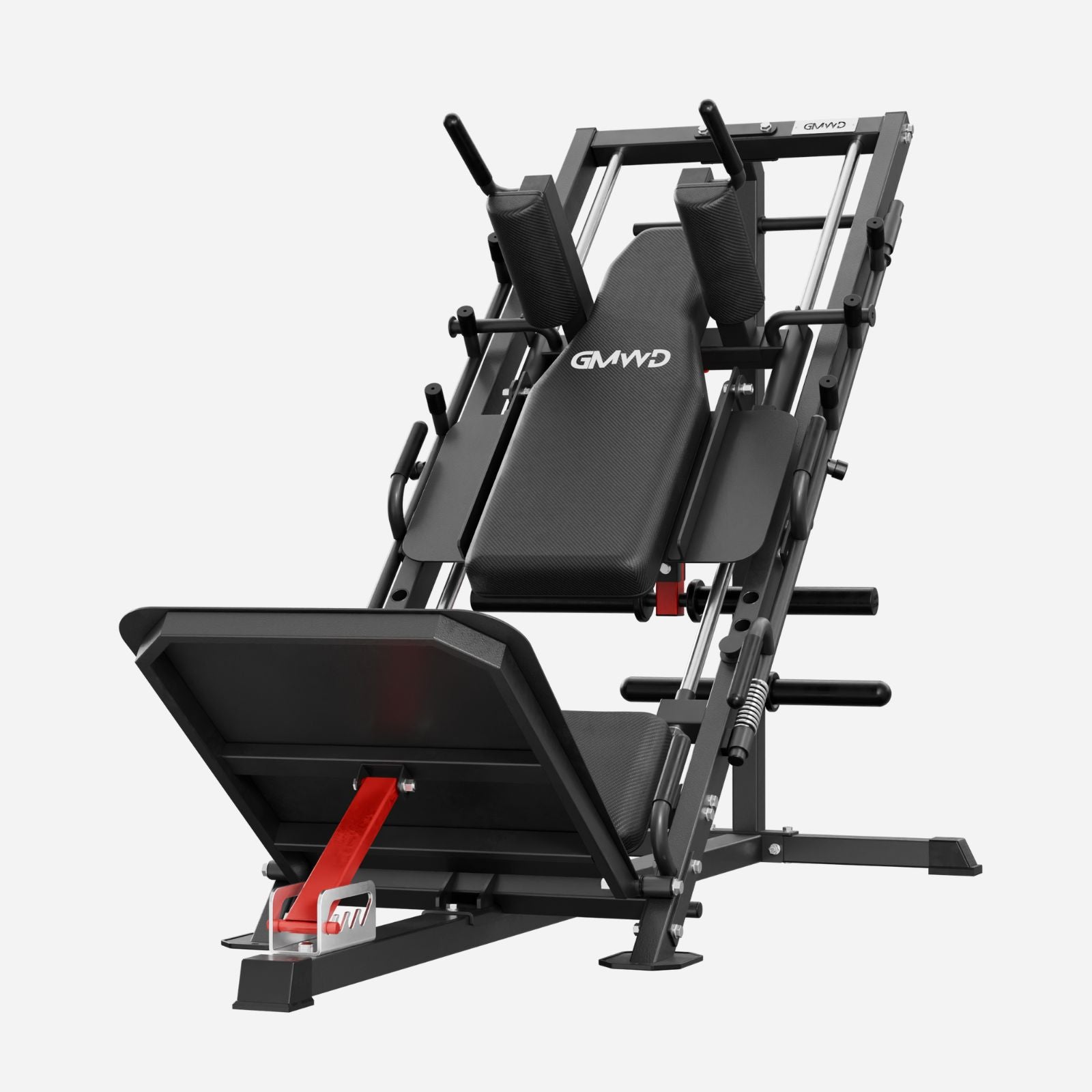

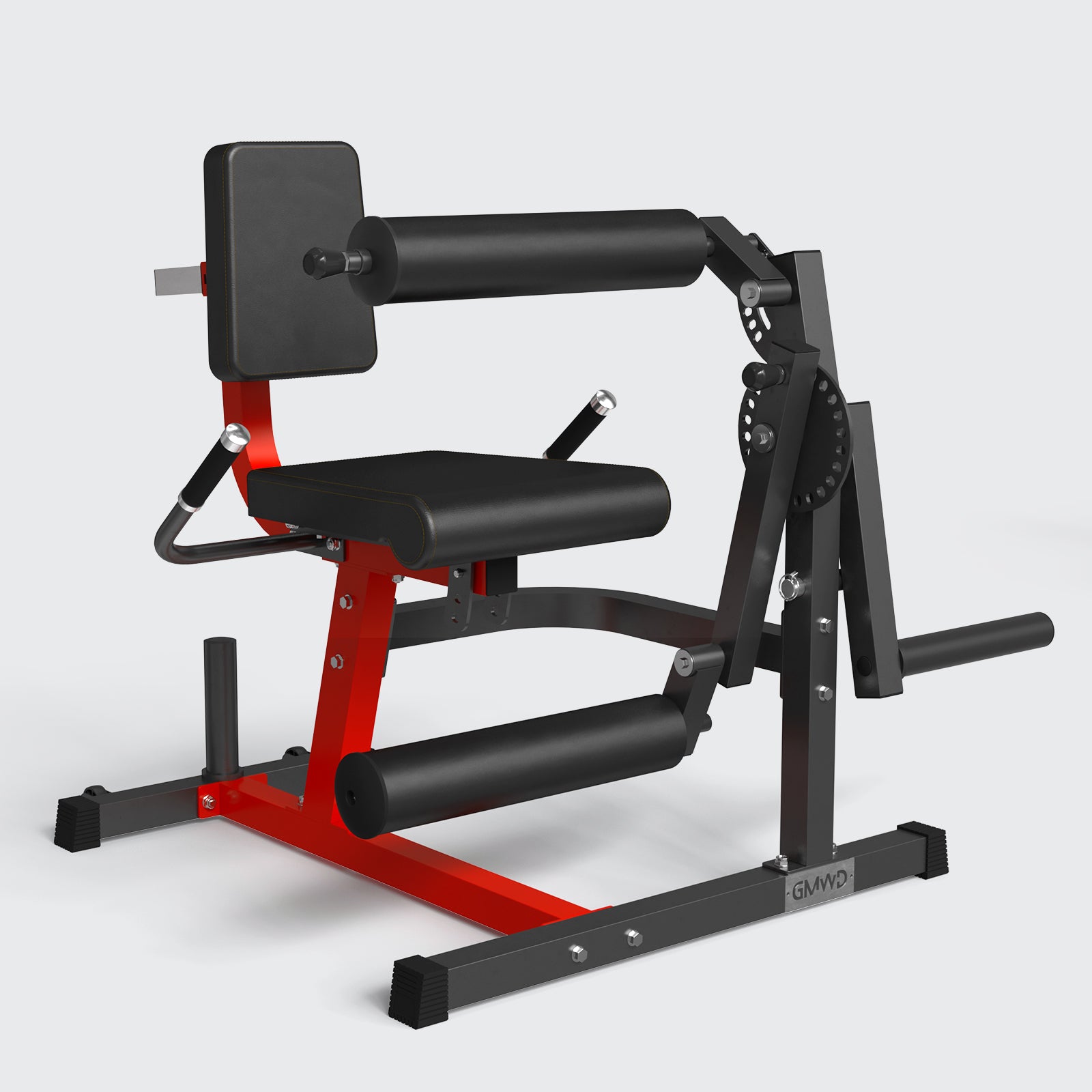
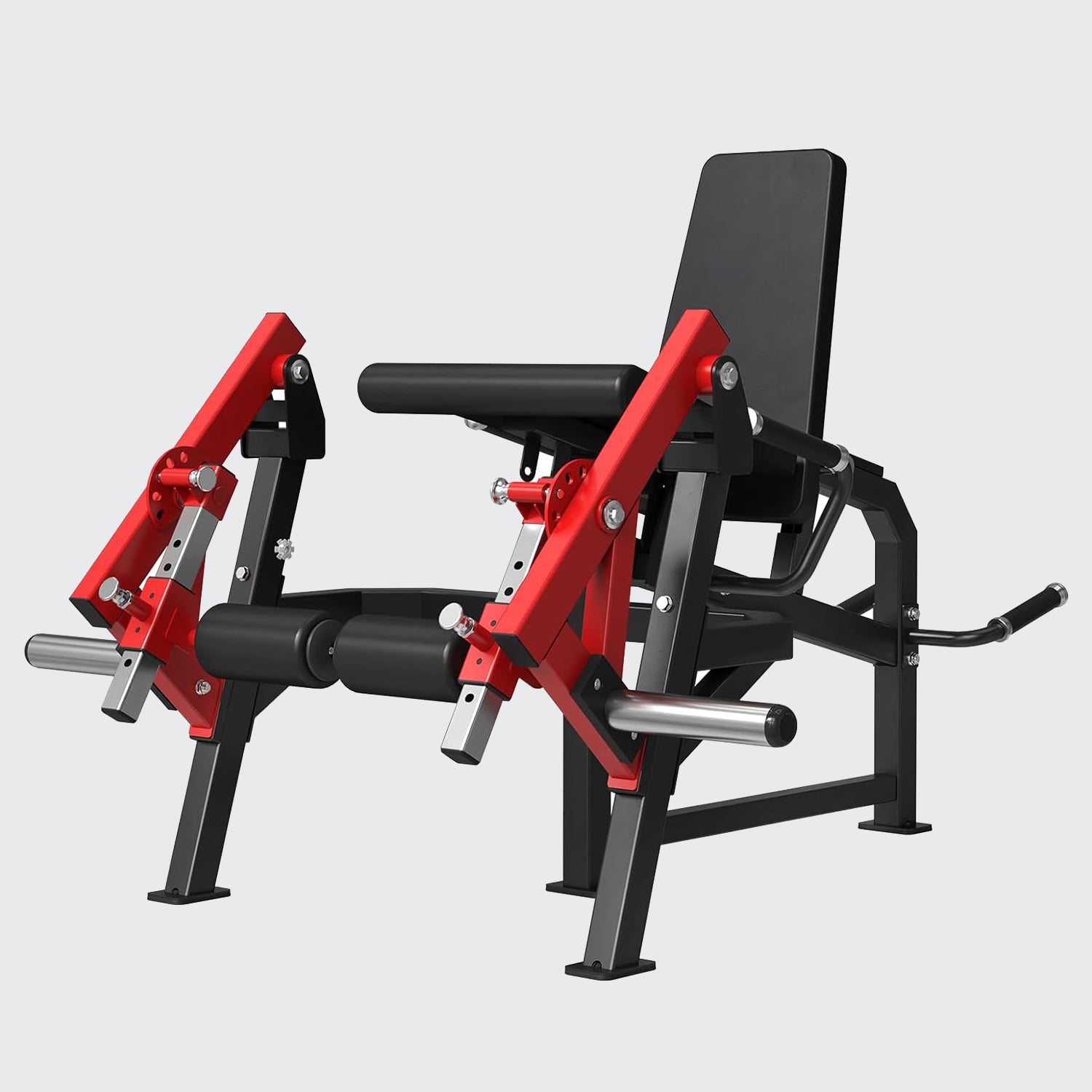
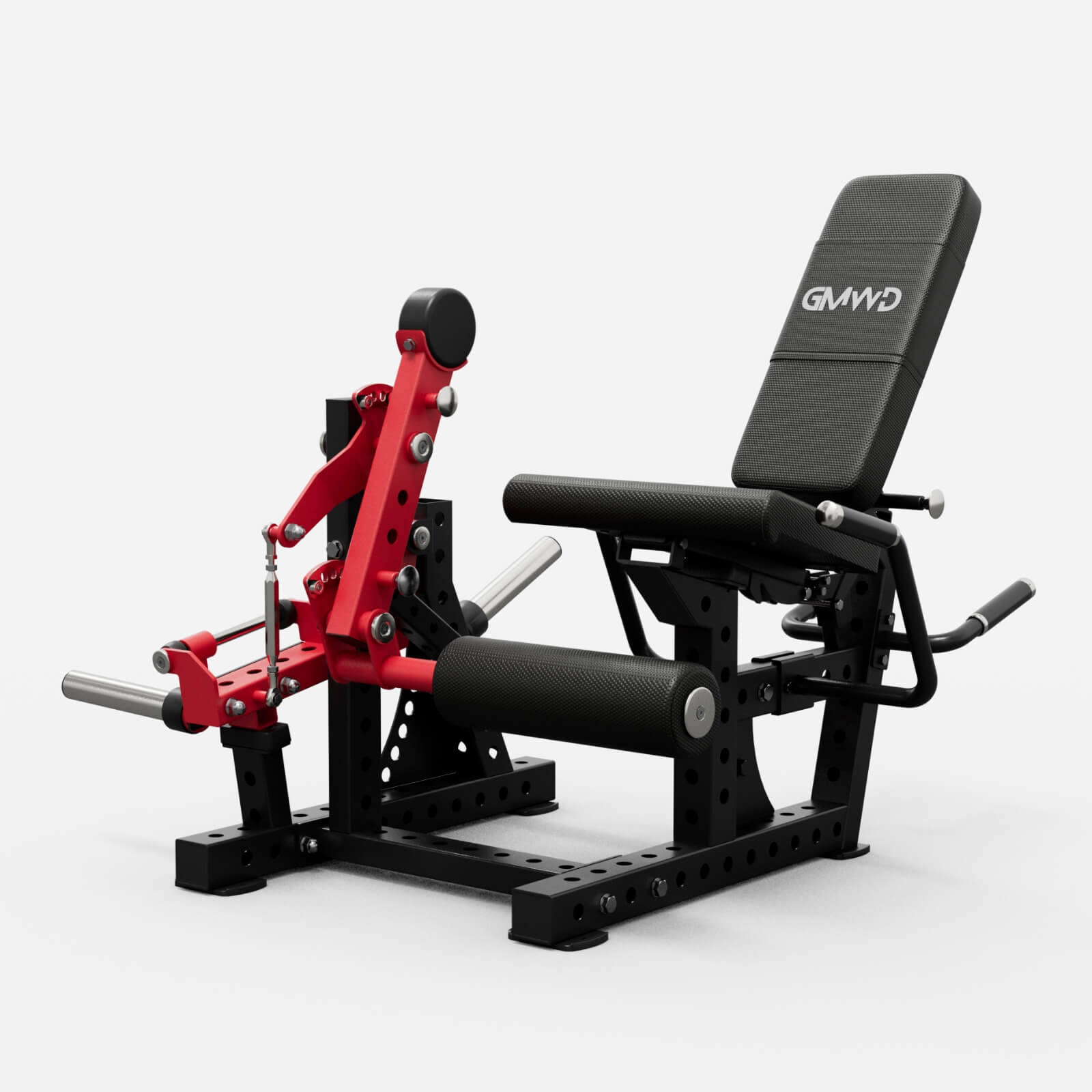
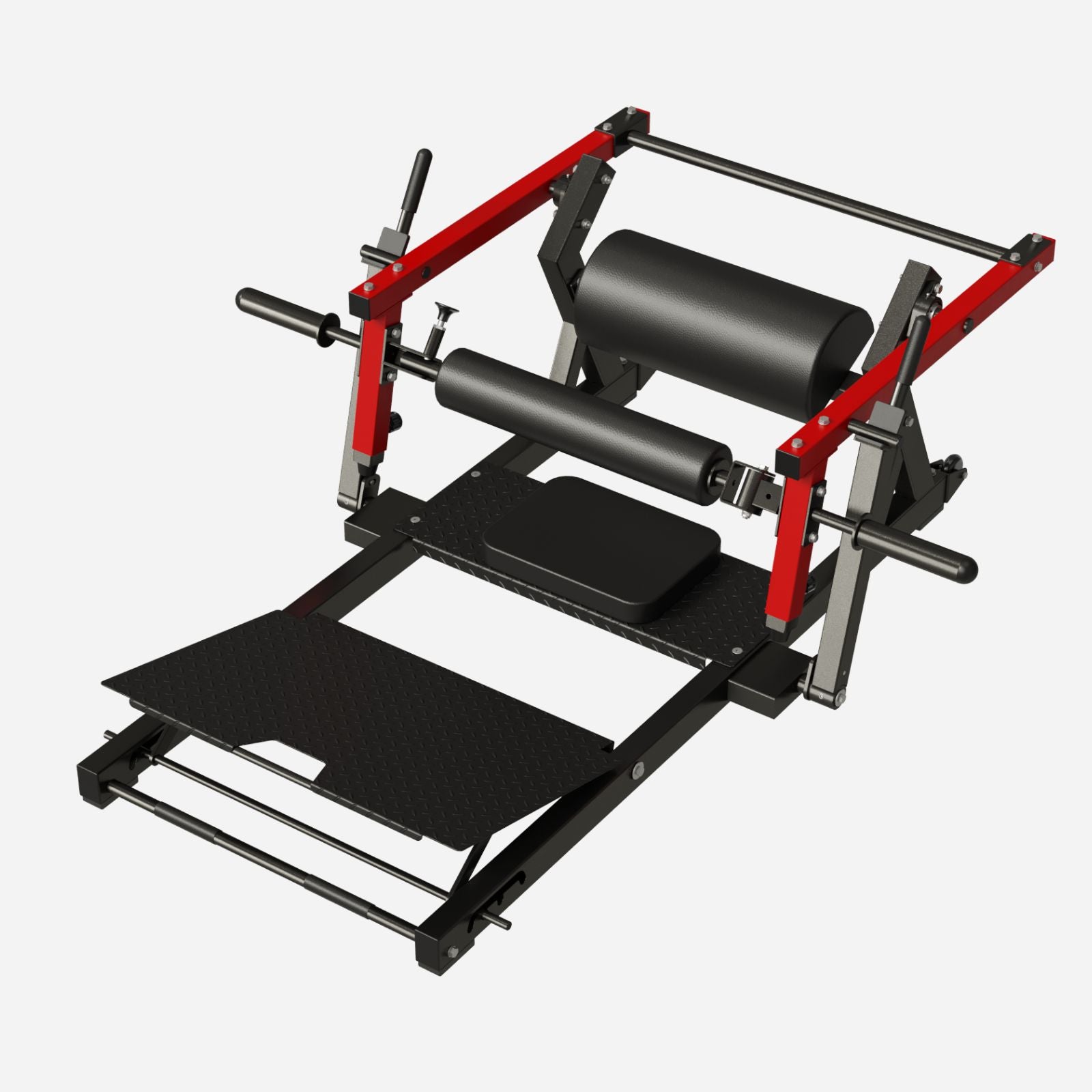

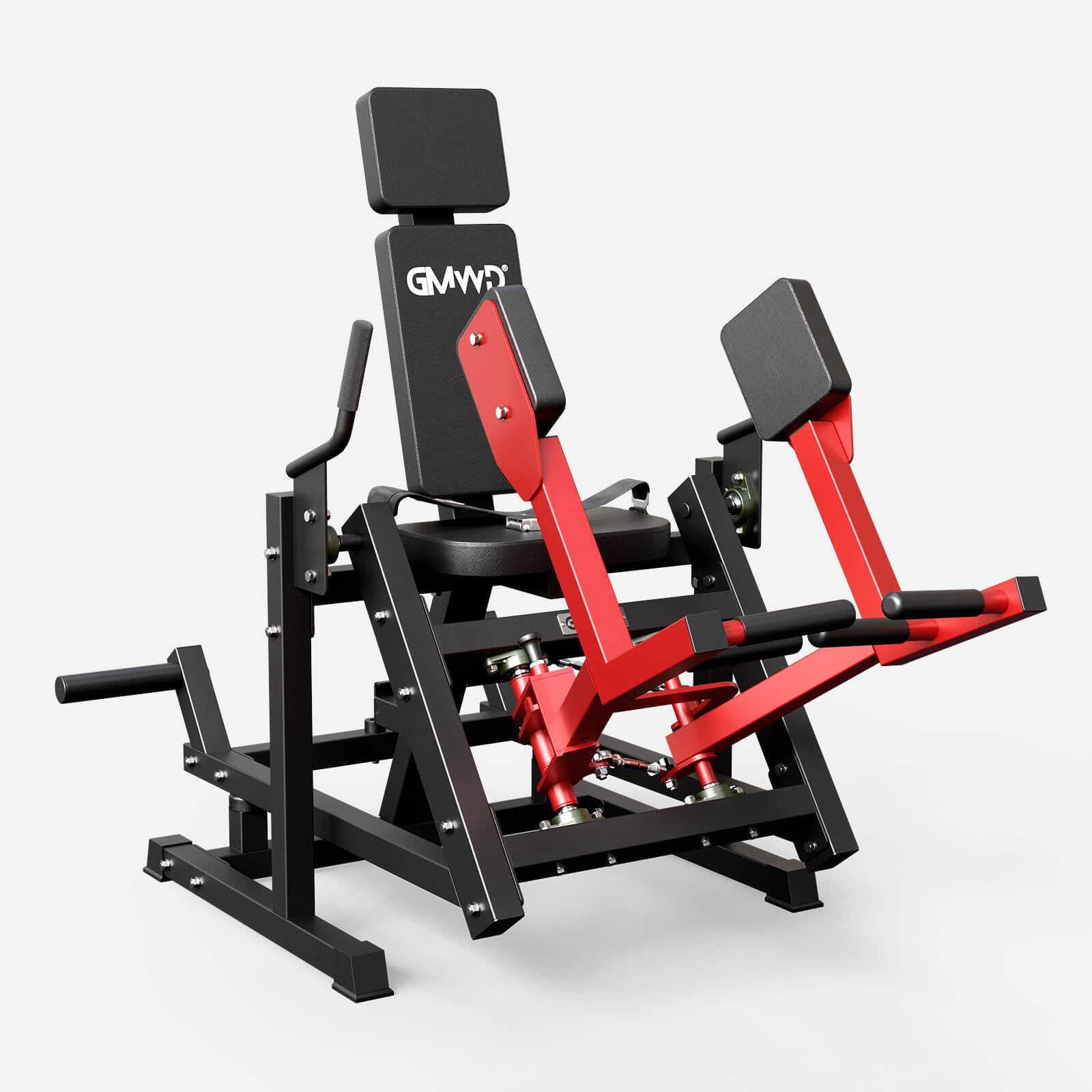
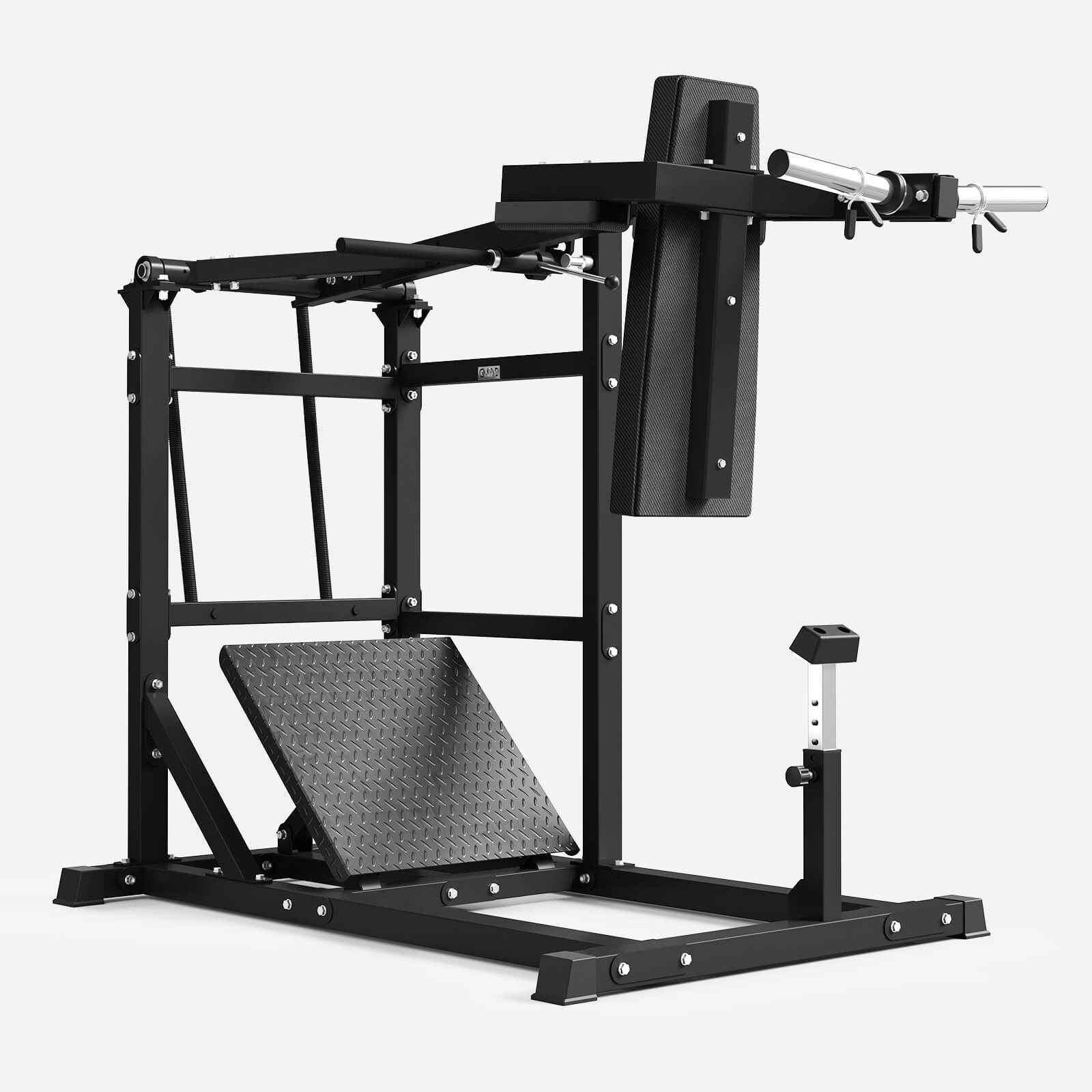
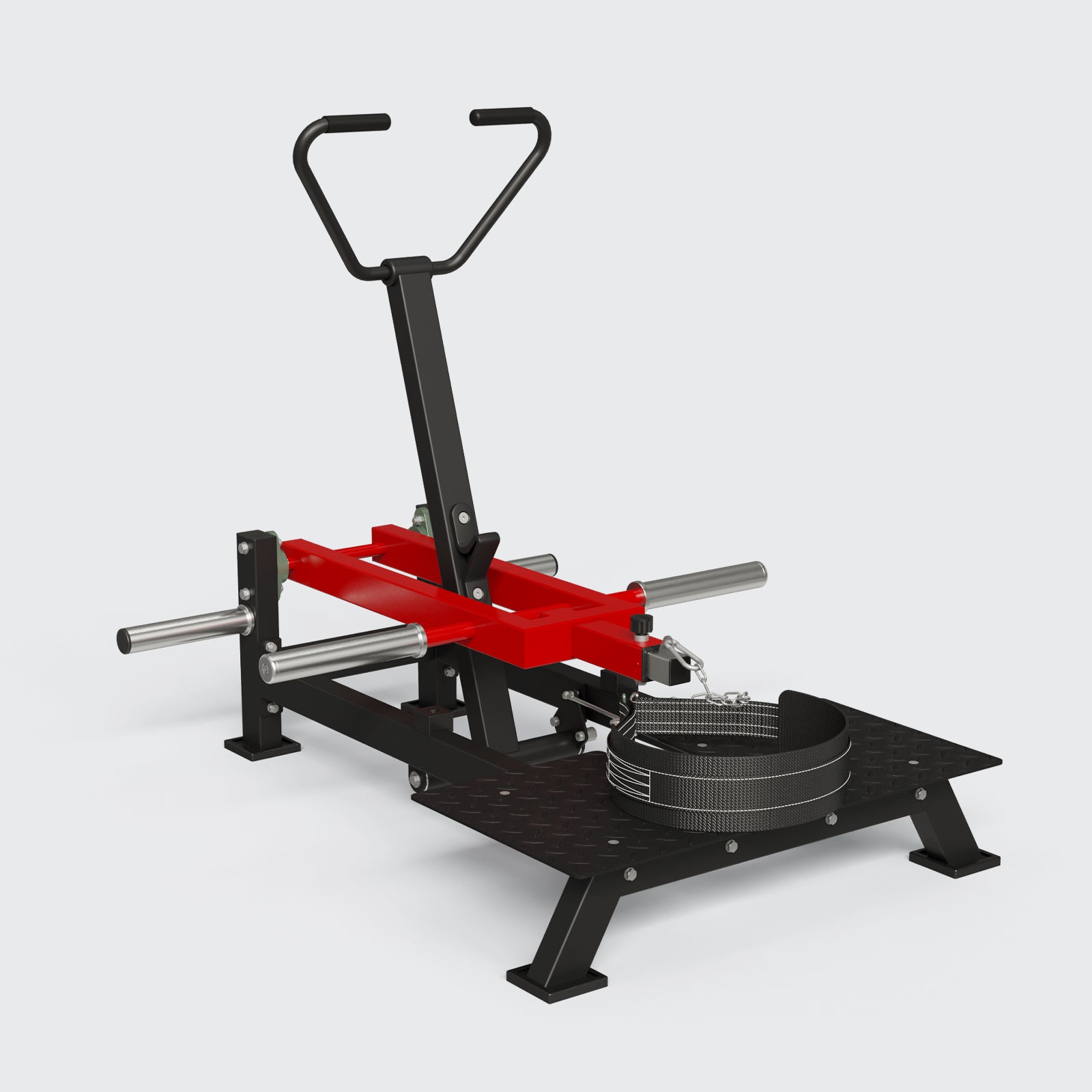
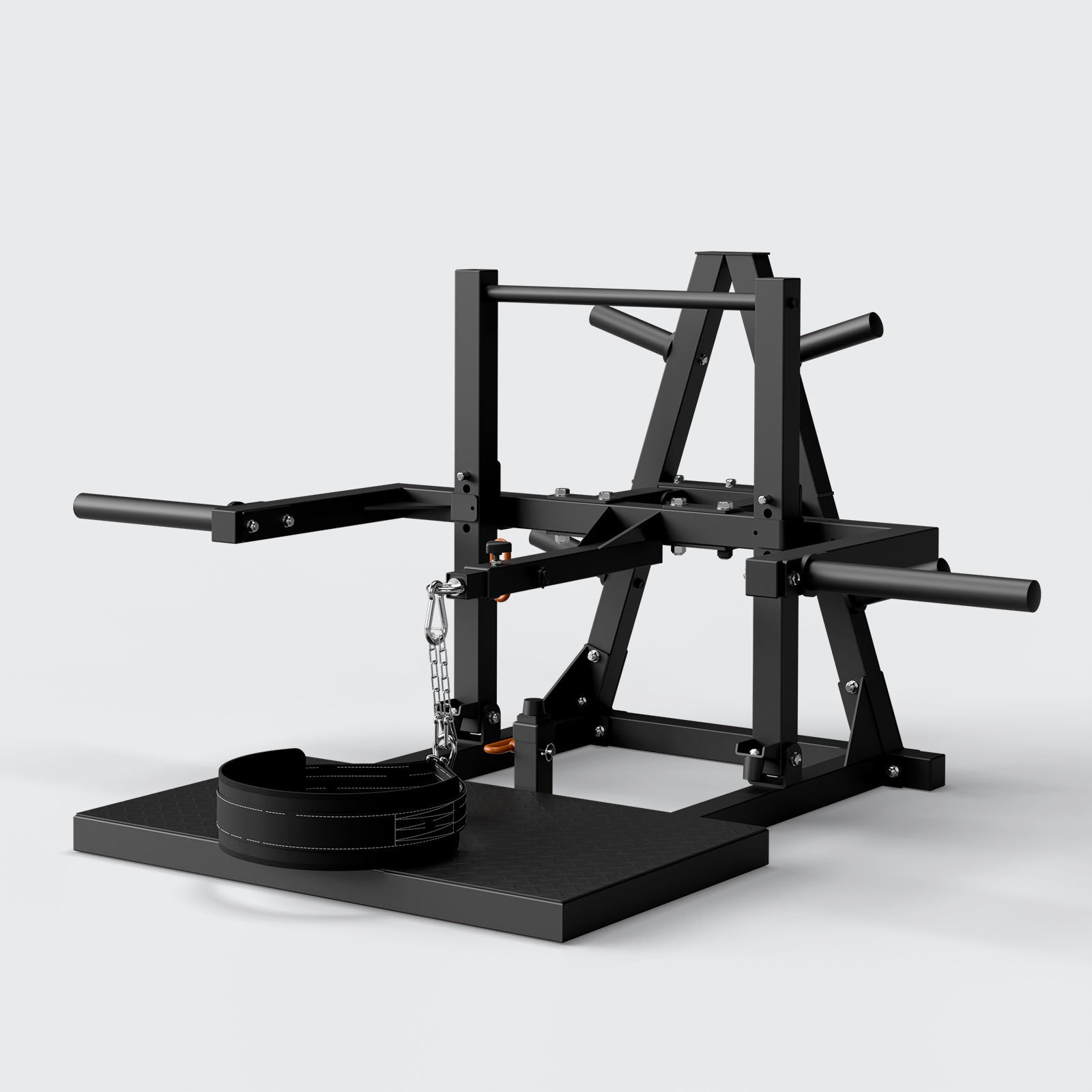

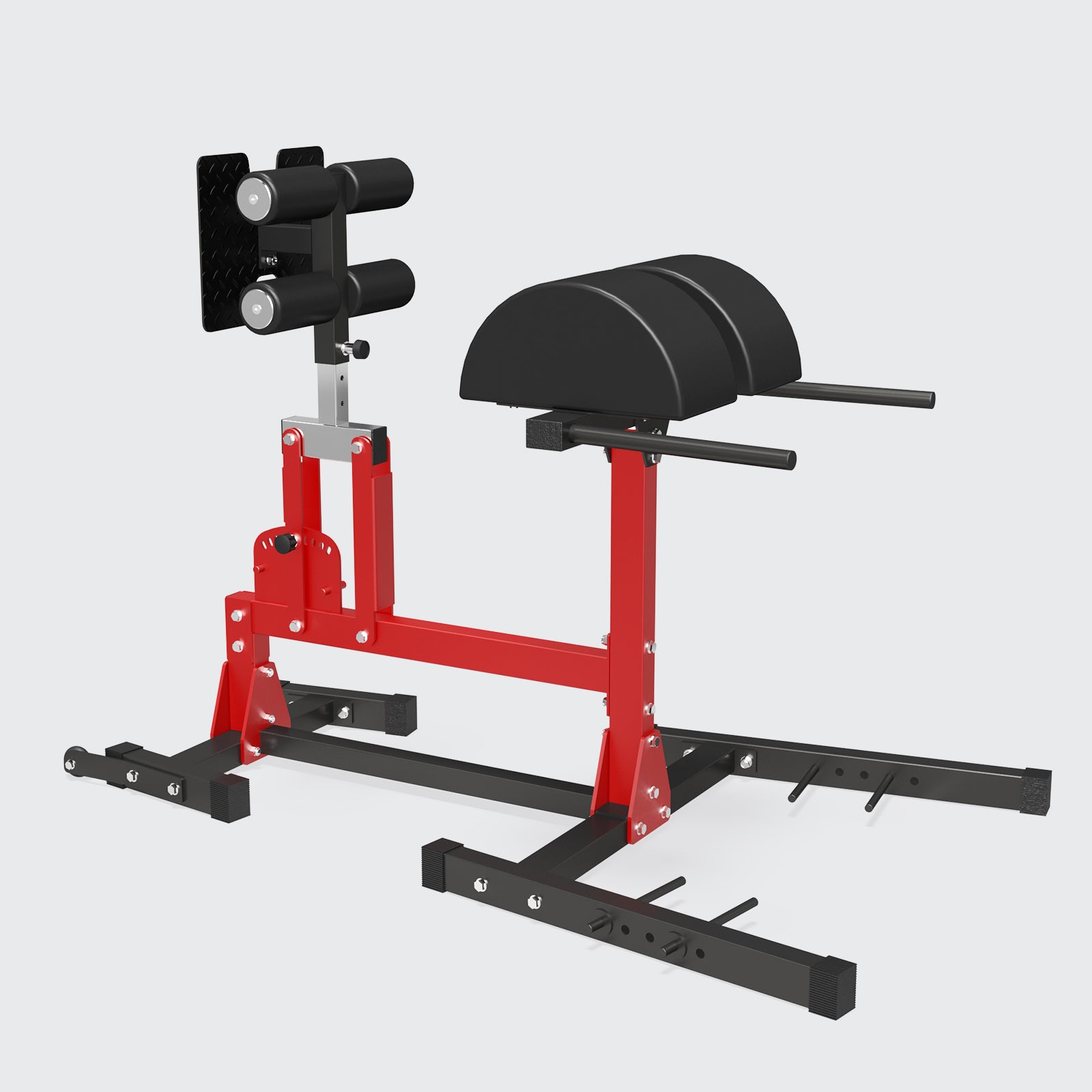
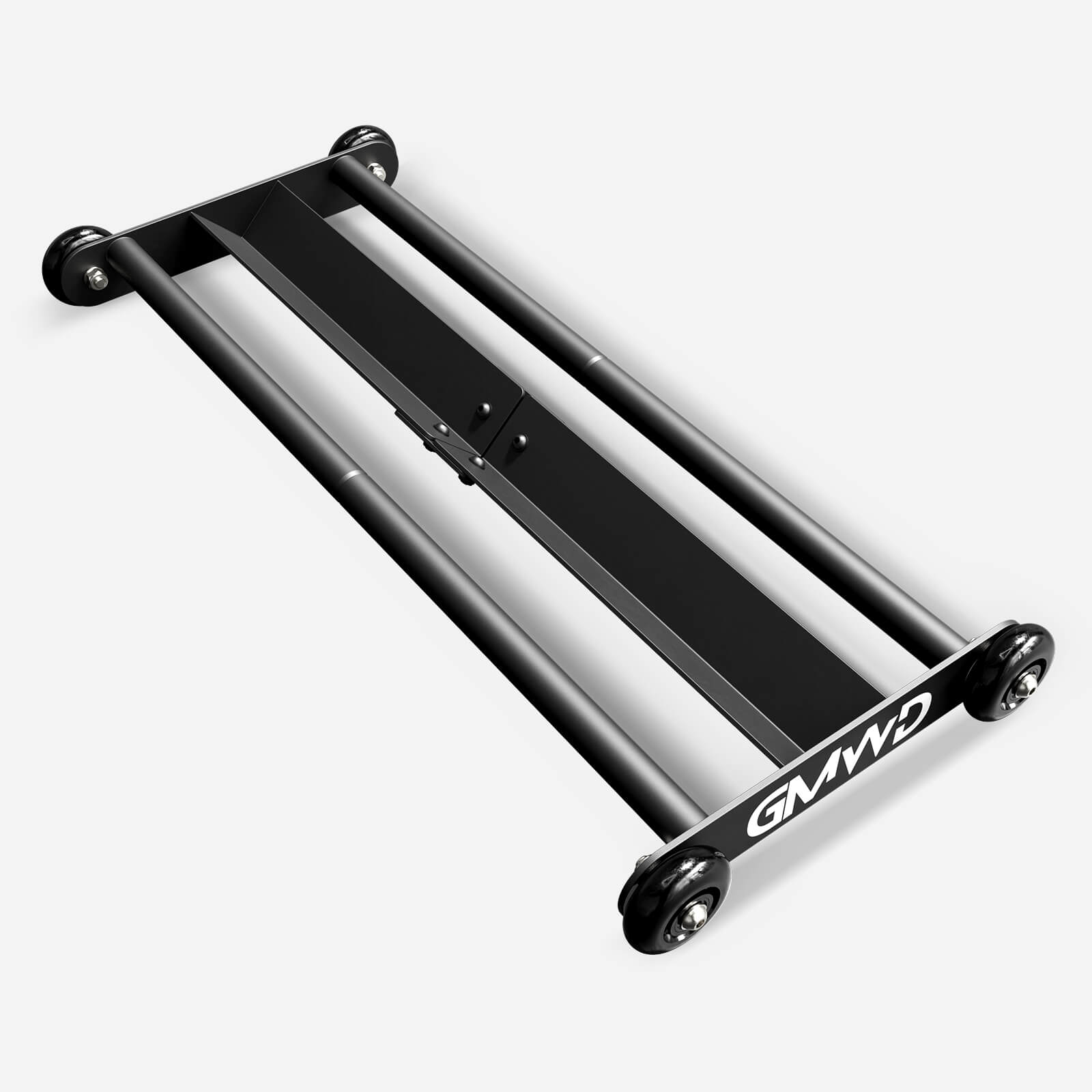
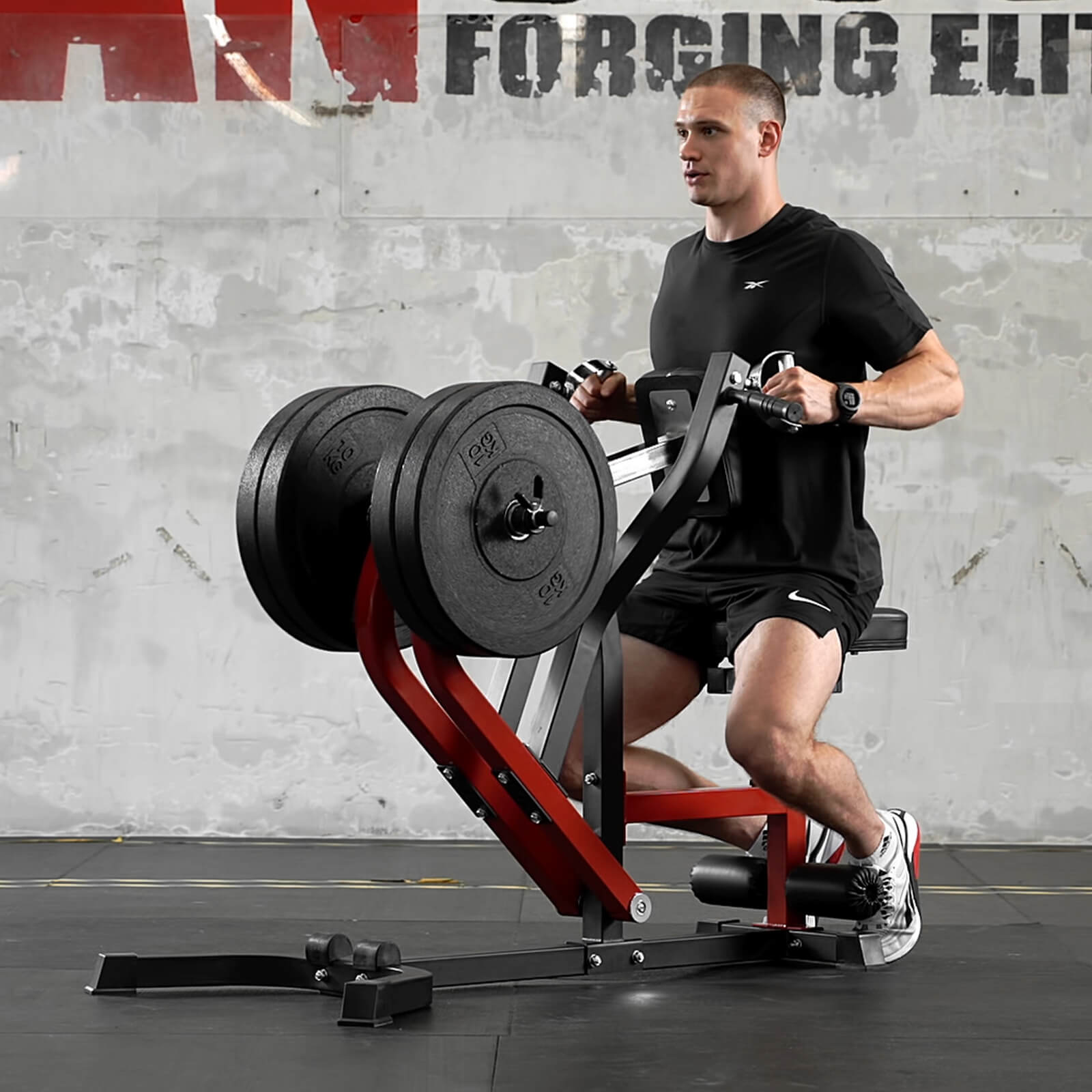
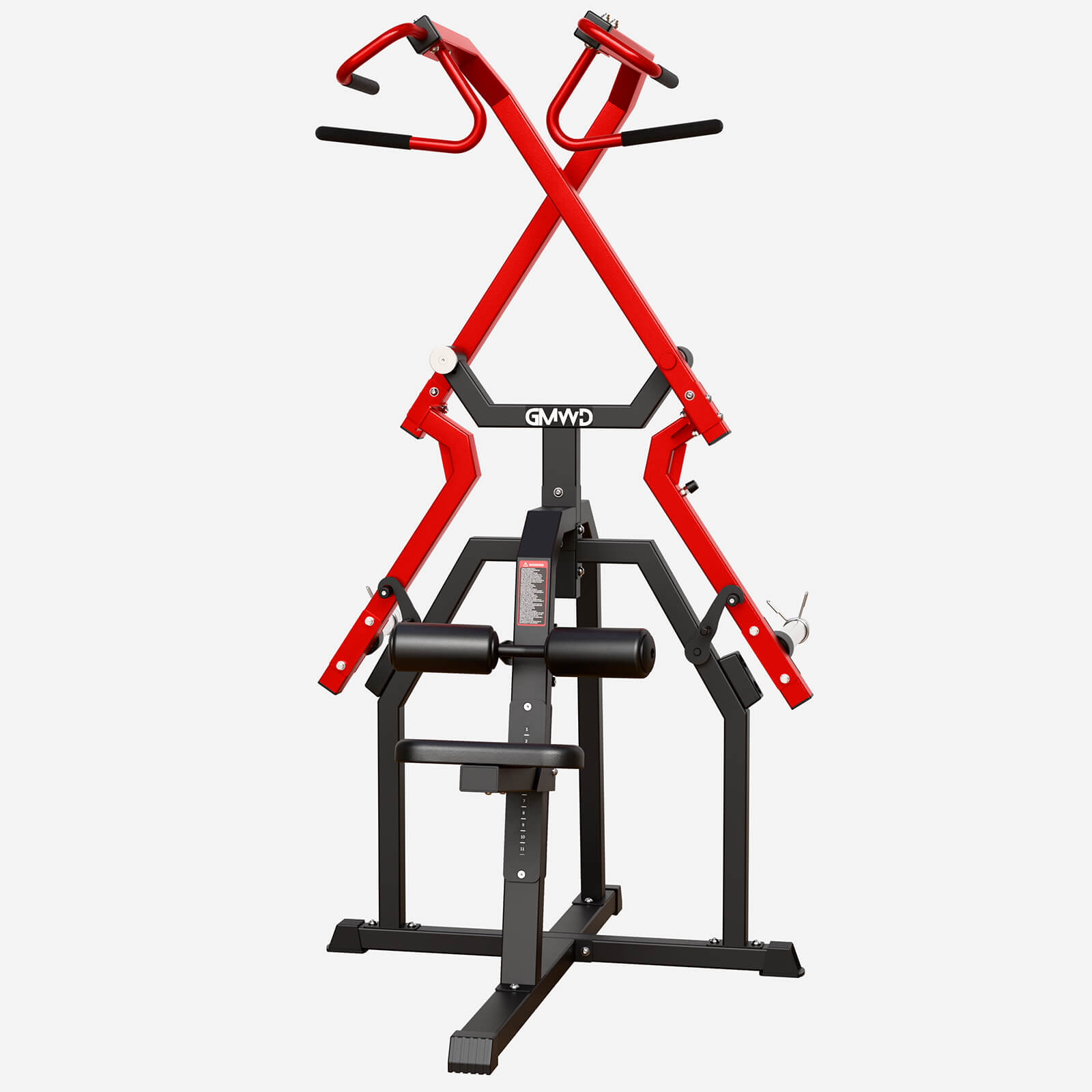
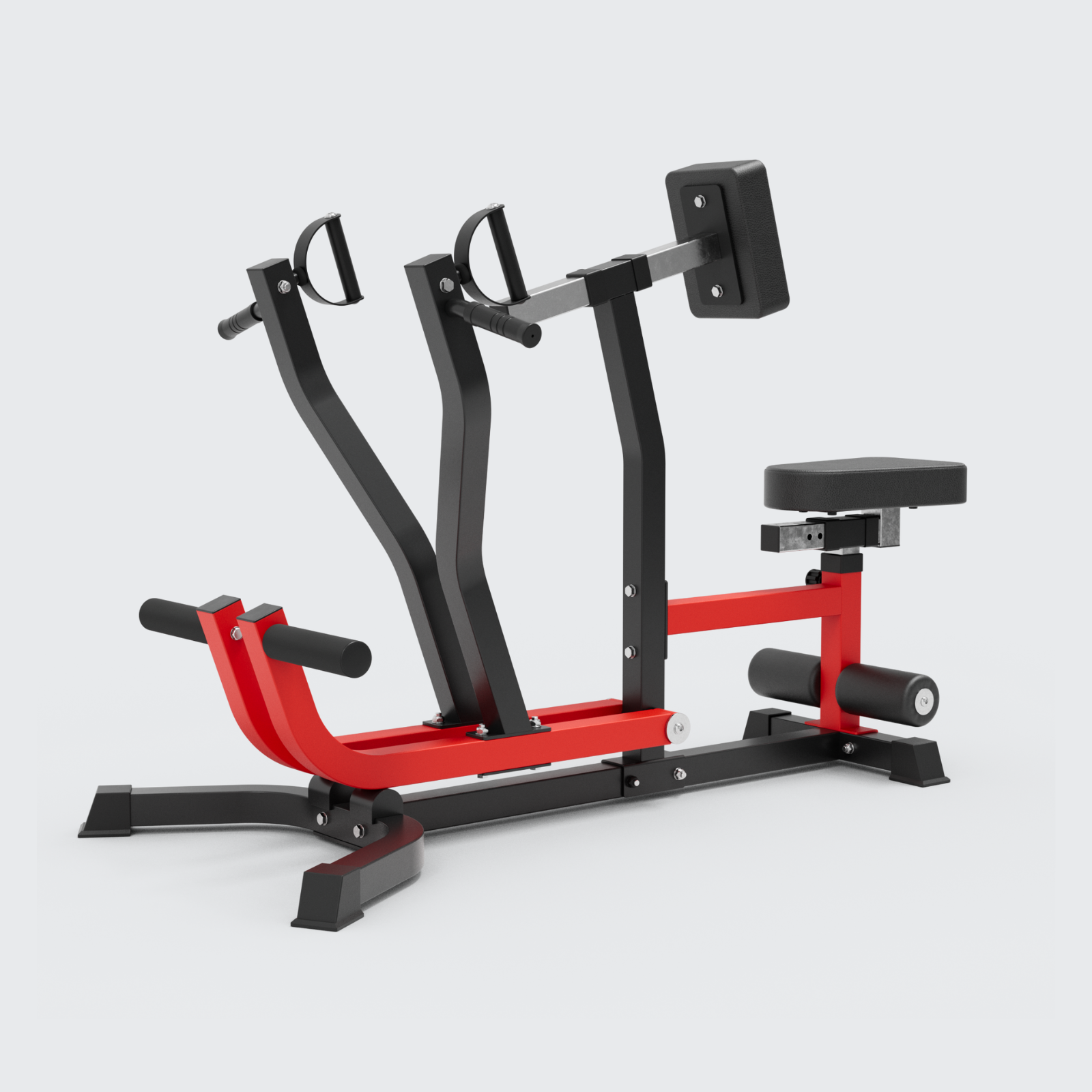
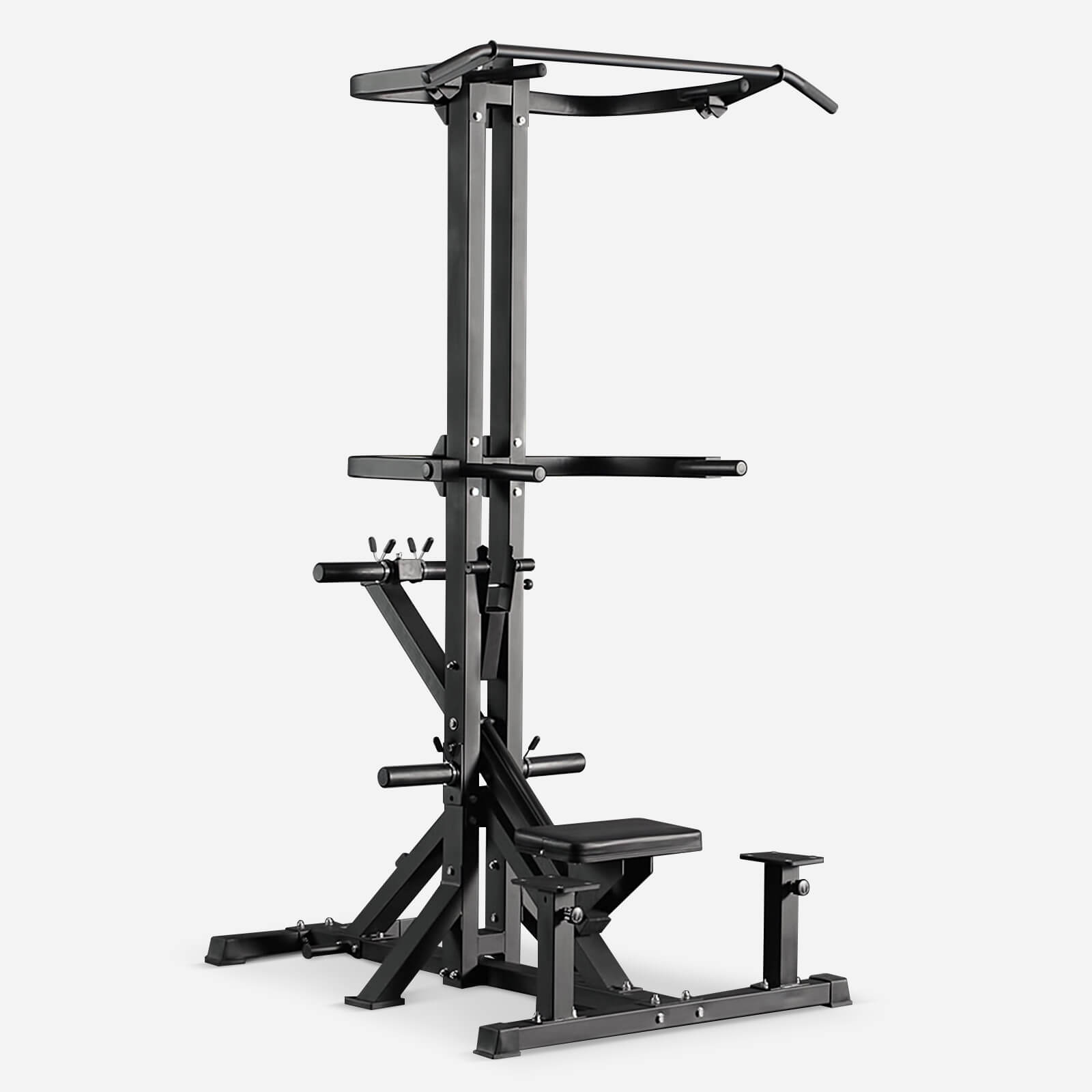

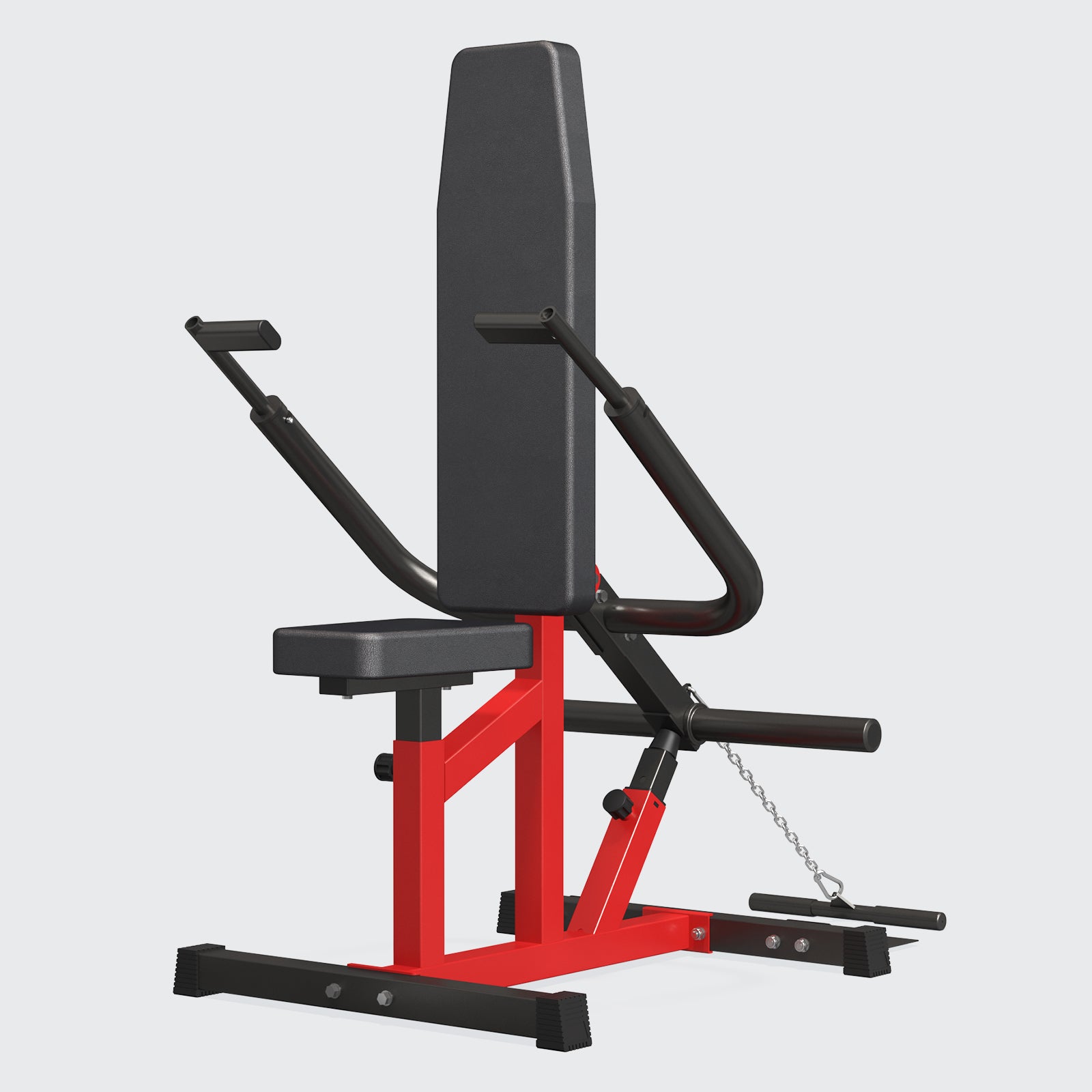
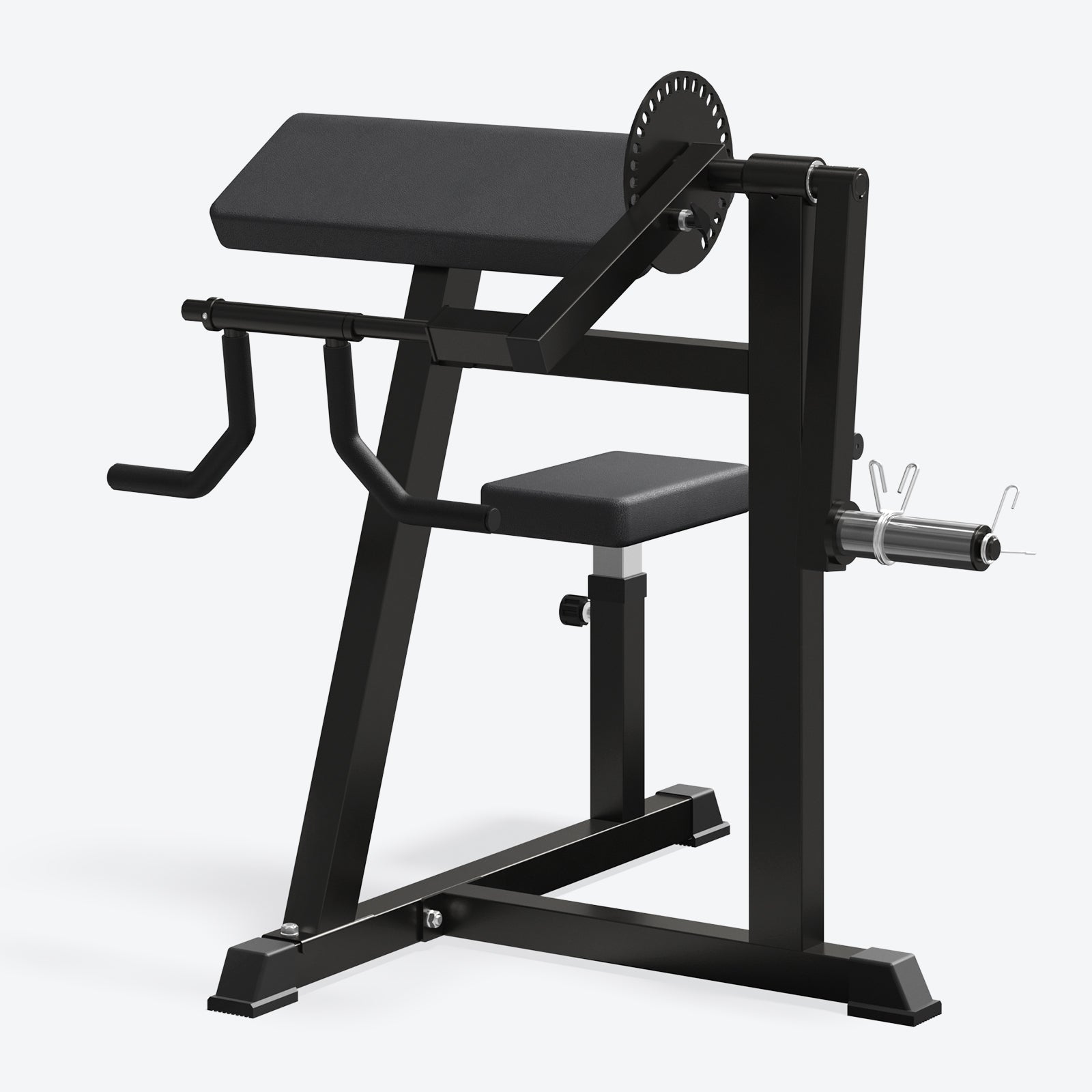
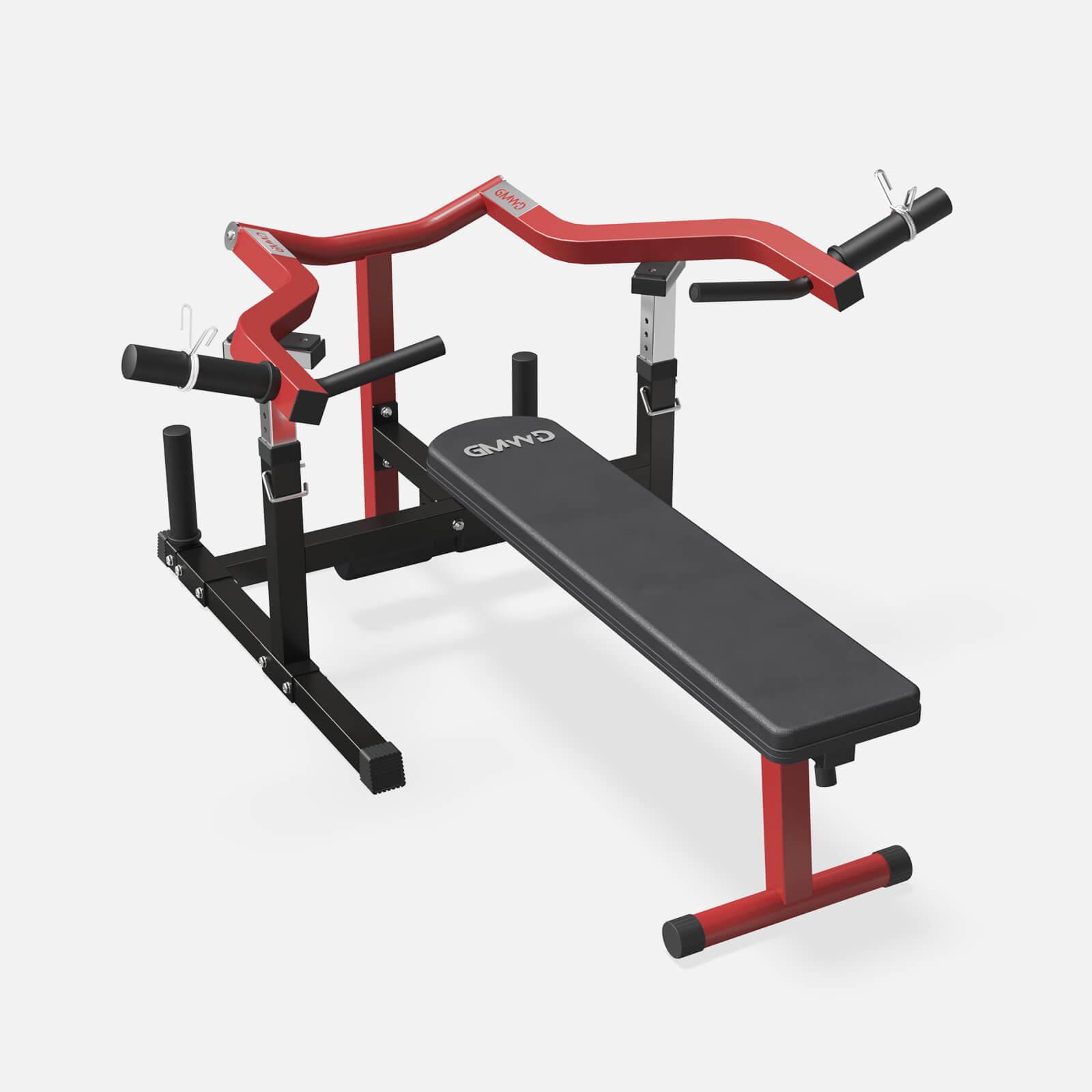
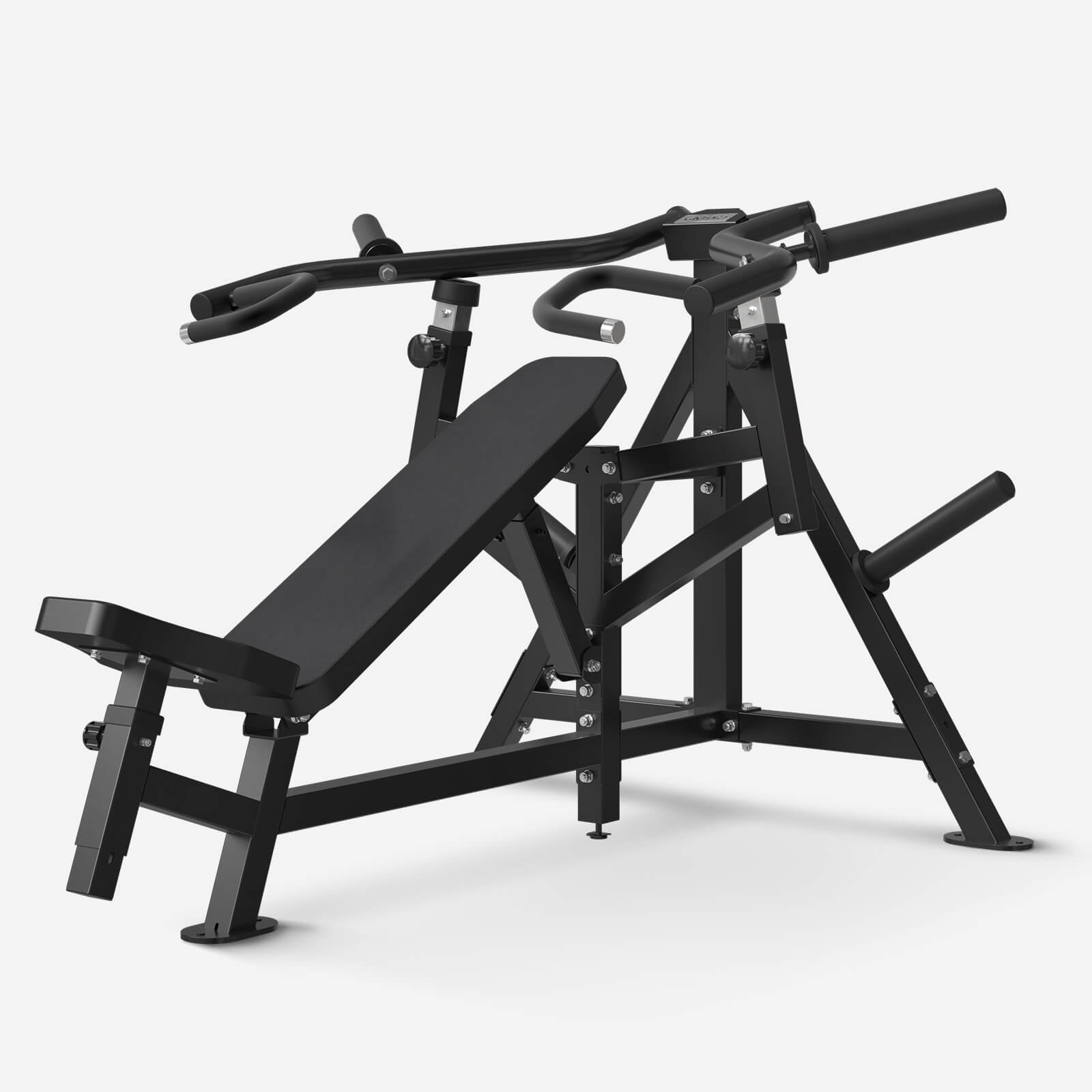
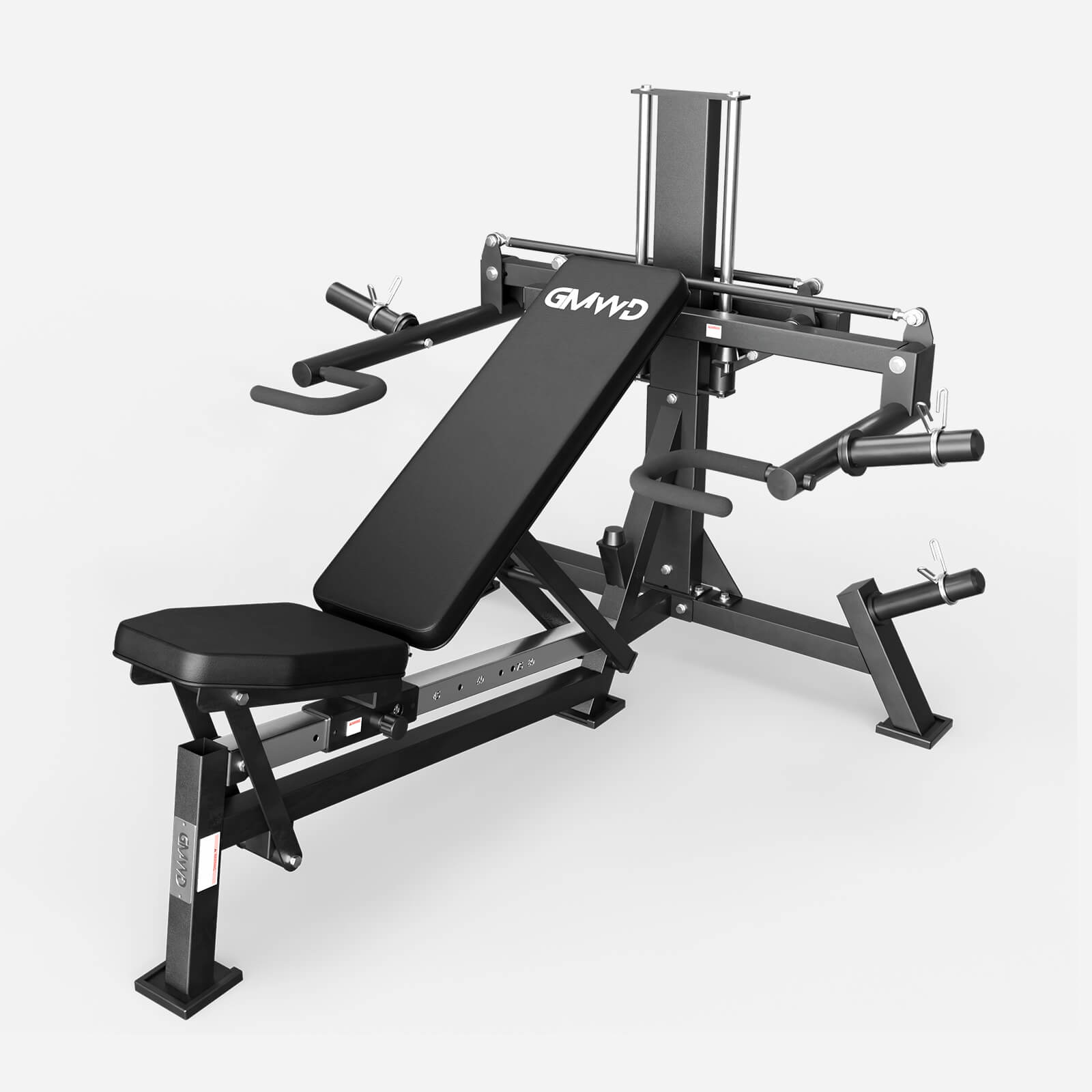
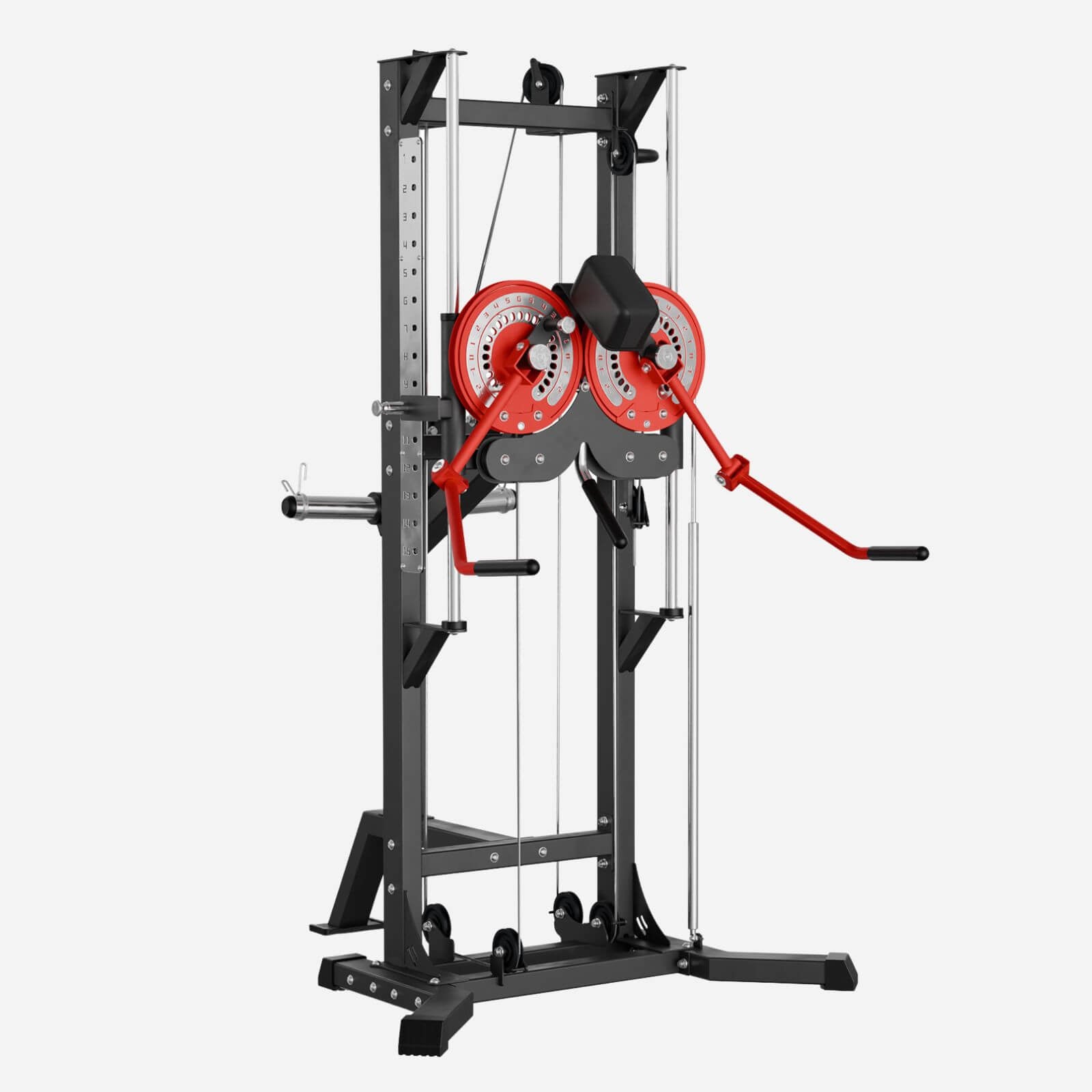
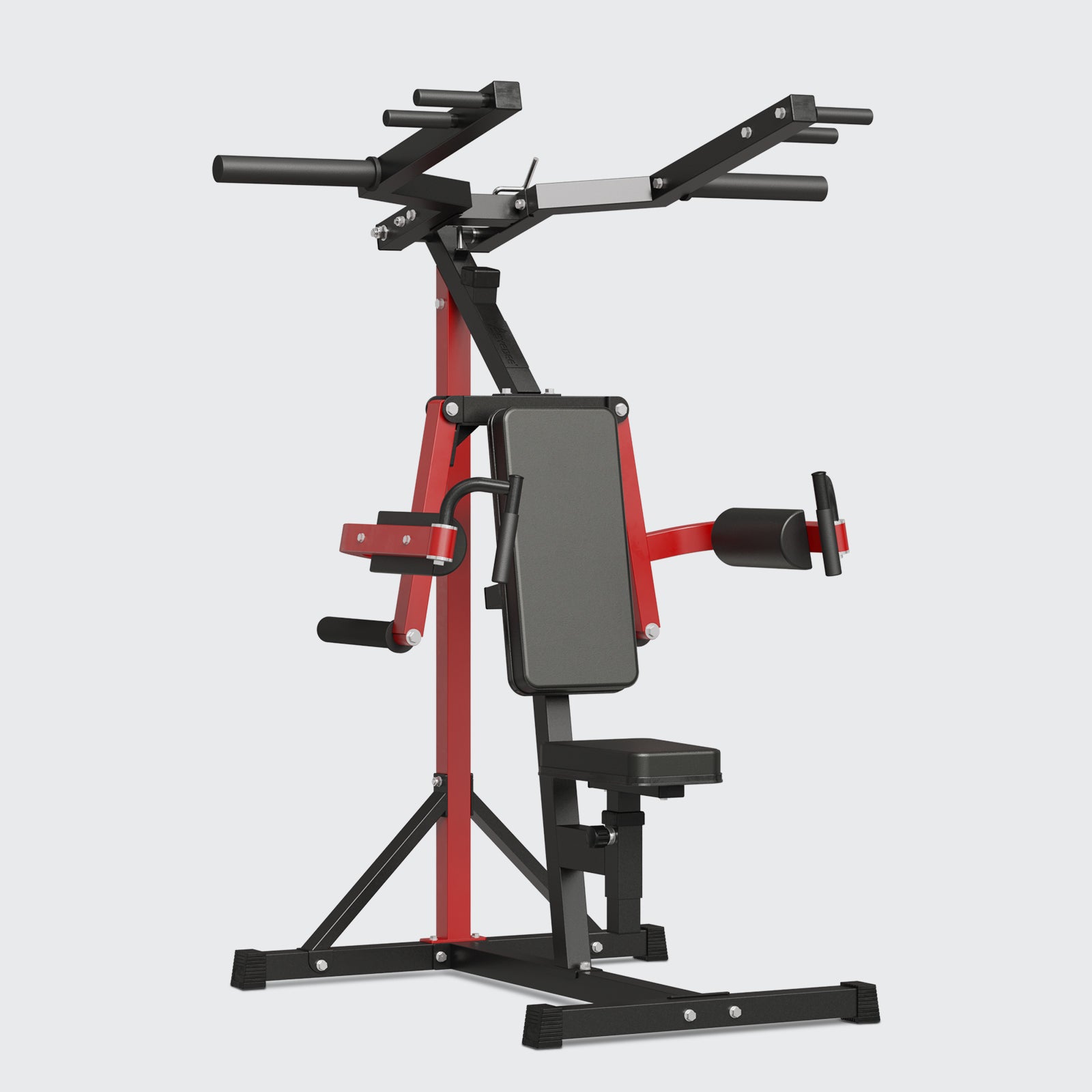
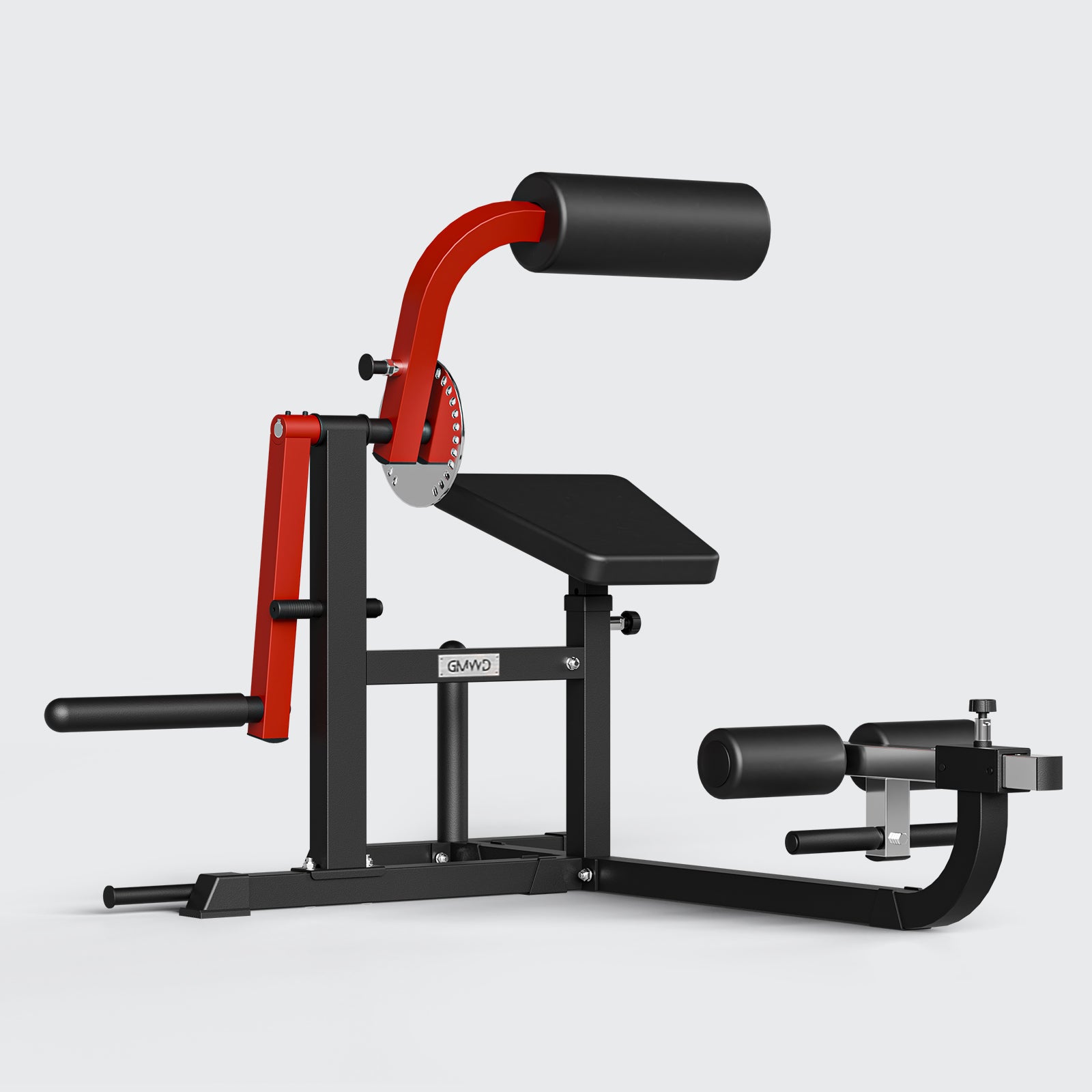
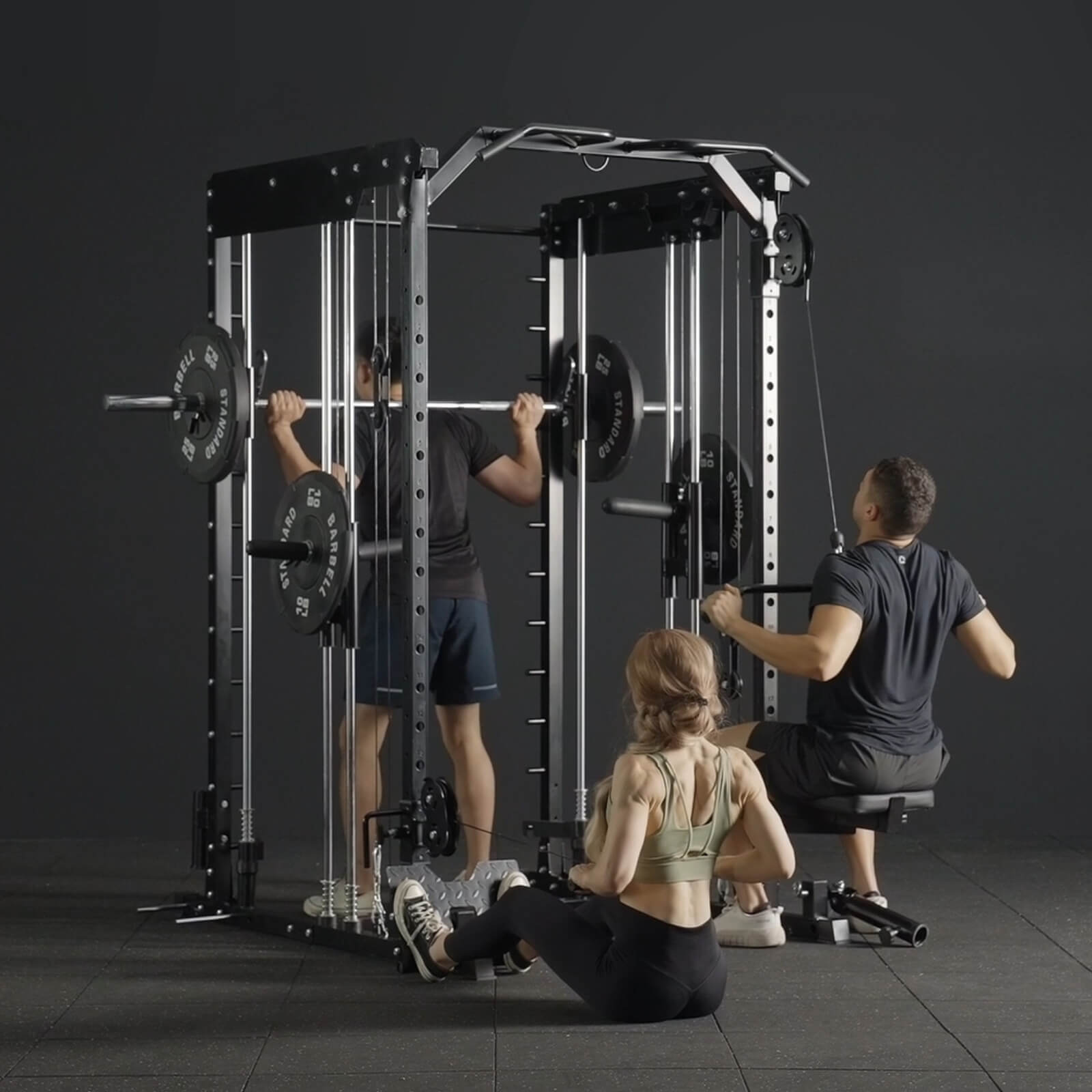
Leave a comment
All comments are moderated before being published.
This site is protected by hCaptcha and the hCaptcha Privacy Policy and Terms of Service apply.